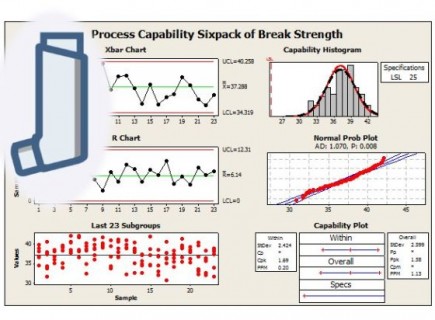Somatic Cell Therapy
Direction Setting Workshop
Facilitation, Cell Therapy Process Engineering, Hazard Analysis, Regulatory
Our client is exploring the translation potential for an exciting new somatic cell therapy based on post-doctoral research, but they recognised that they didn’t have all the necessary insight into the life cycle management required for the development, manufacturing and regulatory classification of the envisaged therapy.
They approached Cambridge Medtech Solutions to facilitate, and actively contribute to, a direction setting workshop.
The key objective of this workshop was to develop an initial roadmap for the therapy development, and to start the process of understanding and addressing questions such as the definition of the Target Product Profile (TPP) including Intended Use and potential Contraindications, and the challenges associated with developing commercially viable processing systems for cell collection, expansion, processing and delivery.
CMS also led a hazard analysis of the product, and aided with the anticipated regulatory positioning of this Somatic Cell Therapy (sCTMP). This was based on the EU Advanced Therapeutic Medicinal Products Guidelines (ATMP).
From the very outset, it was recognised that the therapy needed to be developed using processes suitable for cost effective industrialisation, reimbursement and market access. This will enable the full benefit of the cell therapy to be achieved for the patients and the healthcare systems.
A significant challenge to the project was that information on European routes to market access for cell therapies still tends to be relatively limited, although that situation is gradually improving. It is an industry-wide challenge, and amongst others the Regenerative Medicine Expert Group (RMEG) in the UK has a remit to develop an NHS regenerative medicine strategy so that the NHS is fully prepared to deliver these innovative treatments.
“I was delighted with CMS’s facilitation and contribution to our workshop. We came away with a clear understanding of the potential opportunities the therapy represents, and the challenges that need to be addressed over the coming years.”



